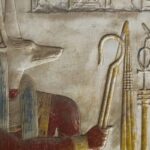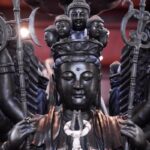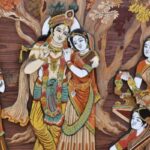We explain what the eye of Horus is in the mythology of Ancient Egypt, its function and how it originated. Also, we tell you who Horus was.
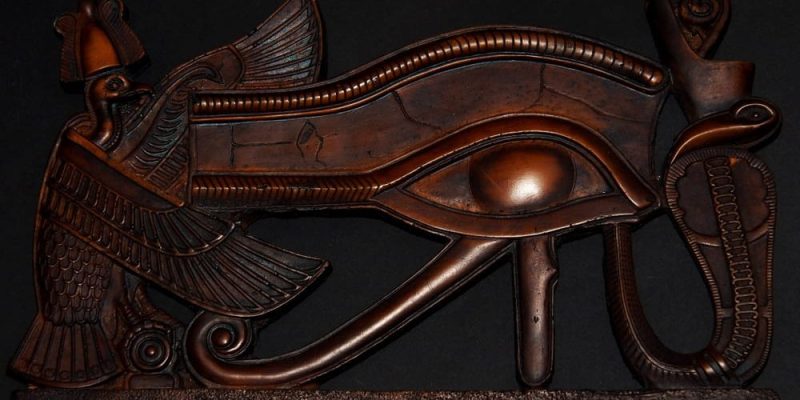
What is the eye of Horus?
The eye of Horus (also called Udyat“he who is complete”) It is a symbol from the mythology of Ancient Egypt to which connotations linked to health, protection and repair or restoration were formerly attributed. In modern times it was rediscovered by different esoteric currents and reinterpreted in the light of various pseudosciences and conspiracy theories.
The mythological origin of this symbol is found in the fight of Horus (god of humanity and son of Osiris) against Seth (the god of chaos and the desert). In this confrontation, Horus was victorious, but lost his left eye. Then, the Egyptian god of wisdom, Thoth (in some versions it was Hathor), gave him a magical eye called Udyat so that he could regain his sight. With the power of this new eye, Horus was able to give life to the body of Osiris again.
This story made the eye of Horus a symbol of restoration, an emblem of medicine and protection against evil. In this sense it is mentioned abundantly in the texts of the pyramids, the sarcophagi and the Book of the Dead (in chapter 112: “The Eye of Horus is your protection, Osiris, Lord of the Westerners, / constitutes a safeguard for you: reject all your enemies, / all your enemies are removed from you.
Later studies of the eye of Horus revealed that, in addition to its religious connotations, His hieroglyph contained all the mathematical symbols with which the Ancient Egyptians represented fractions. The Egyptian fractional system used agrarian measurements of surface and volume, from the powers of ½, and assigned specific symbols and strokes to a half, a quarter, an eighth, a sixteenth, a thirty-second, and a sixty-fourth.
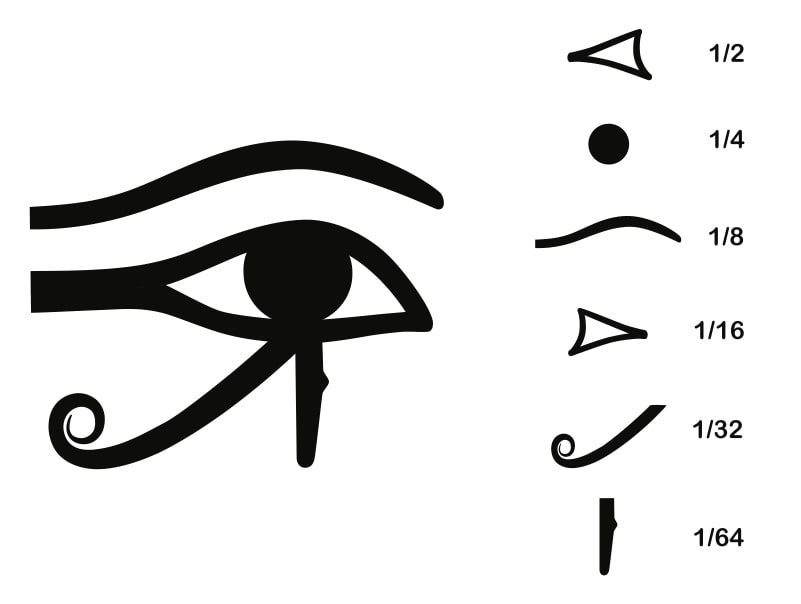

The mythological explanation of this relationship has to do with the fact that Thot, in his search for the eye of Horus to replace it, collected the 64 fragments of the eye throughout Egypt: a version of the myth of the body of Osiris, who after being killed and dismembered by Set, was reunited and mummified by Isis and Nephthys so that he could rule over the dead in the underworld.
See also: Gods of Ancient Egypt
Who was Horus?
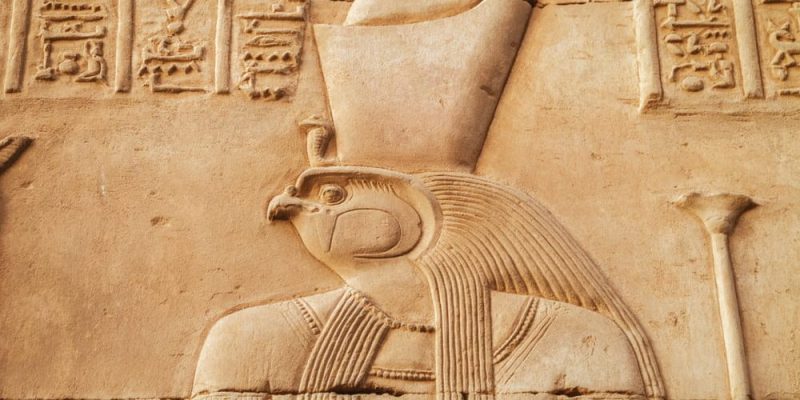
In Egyptian mythology, Horus (Hor in ancient Egyptian, “the high one” or “the distant one”) He was a celestial god, initiator of civilization and representative of royalty, war and hunting. He was commonly represented as a human figure with the head of a falcon, on which rested the double crown of Ancient Egypt.
Horus was the son of Isis and Osiris, two of the main gods of the Egyptian pantheon, and the pharaohs were his descendants and earthly incarnations. In ancient stories it represented the fertility of the Nile Valley and the hierarchical order of the Empire, elements threatened by the aridity of the desert and foreign peoples (both considered Seth's domains).
The eye of Horus as an amulet
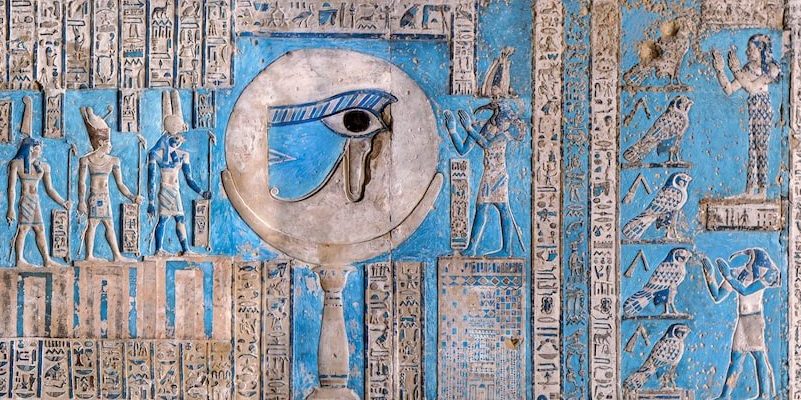
The eye of Horus played an important role in the religious imagination of the Ancient Egyptian, since Magical healing properties were attributed to it, capable of preventing the evil eye and repelling enemies. For this reason it was inscribed on the walls of tombs and mausoleums, and engraved on amulets intended to care for children and the sick.
Some interpretations claim that a distinction was made between the right eye and the left eye of Horus: the former was associated with the sun and, therefore, with the domains of the celestial god Ra (the eye of Ra), while the second was associated with the moon and the night. It was an emblem of restoration, of totality achieved and the return to the fullness of existence.
Continue with: Anubis
References
- “Eye of Horus” on Wikipedia.
- “The Eye of Horus” by Dr. Ana María Vásquez Hoys at UNED (Spain).
- “The Eye of Horus: What is this about the Egyptian fraction?” on ABC Ciencia.
- “The Eye of Horus: The Connection Between Art, Medicine and Mythology in Ancient Egypt” by Karim ReFaey among others, in the National Library of Medicine (United States).
- “Eye of Horus (ancient Egyptian symbol)” in The Encyclopaedia Britannica.


